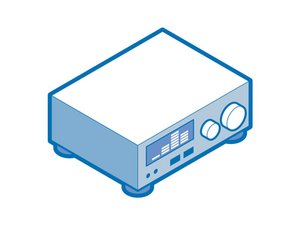@jcr1, There are a couple of things you should start by checking before getting deep into it:
- Check all connections (input and output), and clean them with a deoxidising agent, fex DeoxIT or something similar, and cleaning thoroughly. Bad connections are a very high cause for this symptom.
- Check the power outlet you have the receiver connected to. Sometimes it can be a cause for crackling, but it’s usually more a cause for humming.
Now, if everything checks out and you still have crackling, it’s time to open the puppy up. Bad (dry) solder joints is the second largest cause for crackling noise on a receiver. Note! Diagnosing and even finding a dry solder joint can be pretty hard, and somewhat time consuming, but it’s very possible for a handy DIYer.
Use a powerful magnifying glass and inspect the solder joints on the board. Transistors (BJT and MOSFET), ICs and capacitors. If anything looks even a little “off”, hit it with some flux, a soldering iron and some fresh solder.
I should mention that measuring the ESR (Equivalent Series Resistance) on the electrolytic capacitors is well worth it in audio receiver repair. A good ESR meter can be found on Amazon for $60. I have this meter personally (actually have 2 of them) and this is incredibly! handy in testing circuits. NOTE! If using probes other than the clips that come with it, make absolutely sure you can zero the device, and that the zeroing is successful!!! Reading ESR using long-lead probes is a HIGH cause for erroneous readings!
The meter comes with a guide for what readings should be, and electrolytic caps are highly prone to failure. Ex. A cap that should have a reading of max 0.4ohm ESR and measures 1.2ohm, is a contributing factor for failed circuits. The more bad caps, the worse the circuit as a whole is.

 3
3  1
1 
 7
7